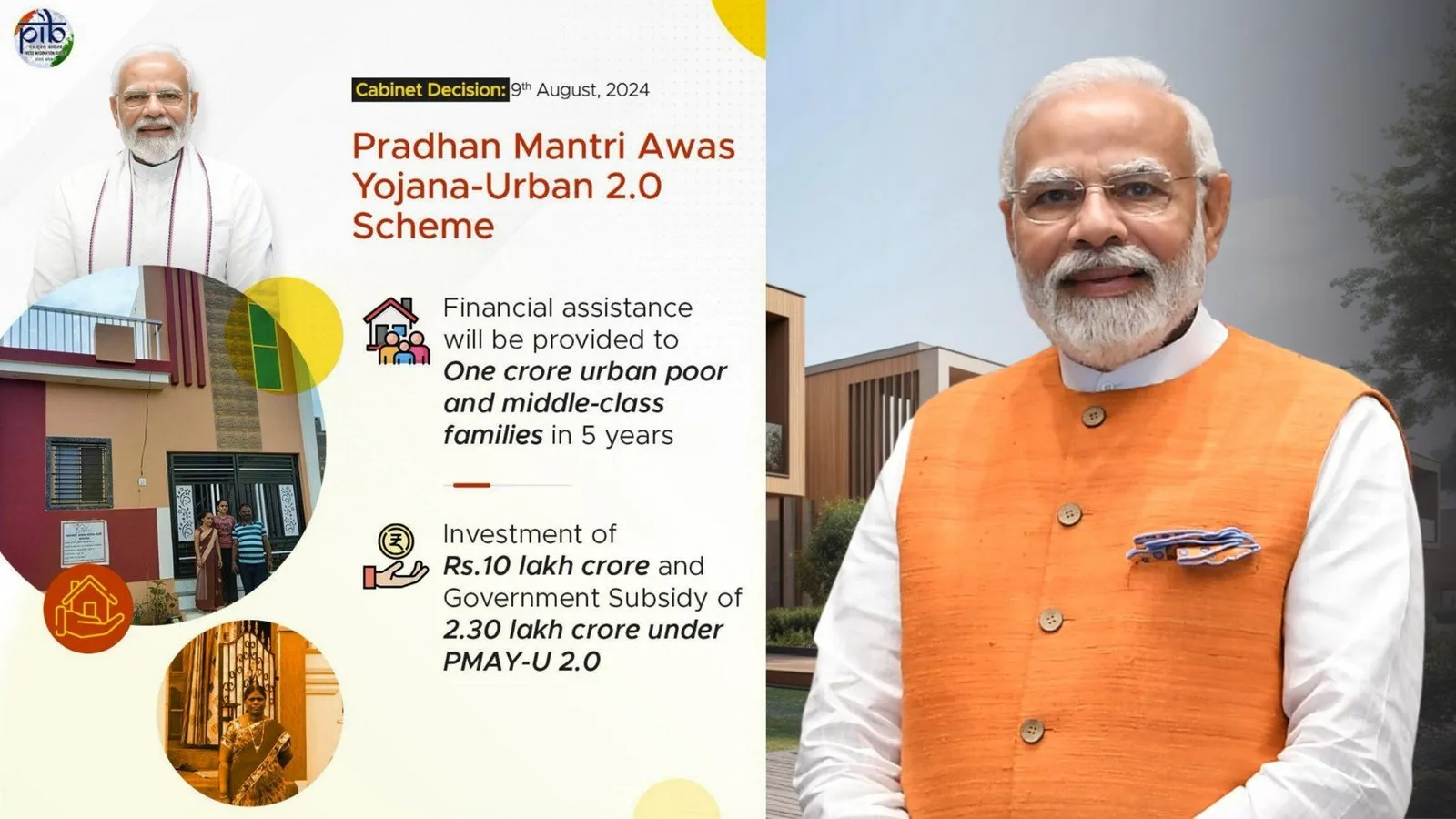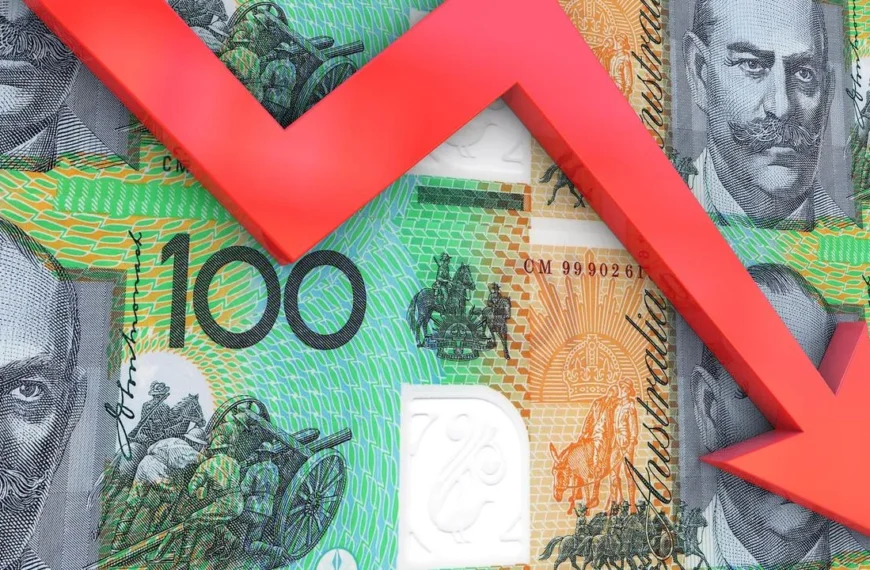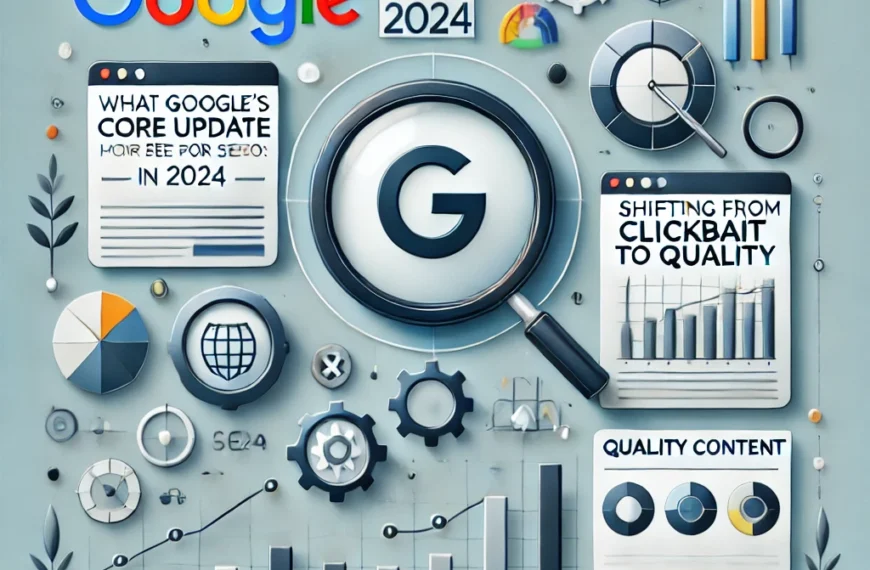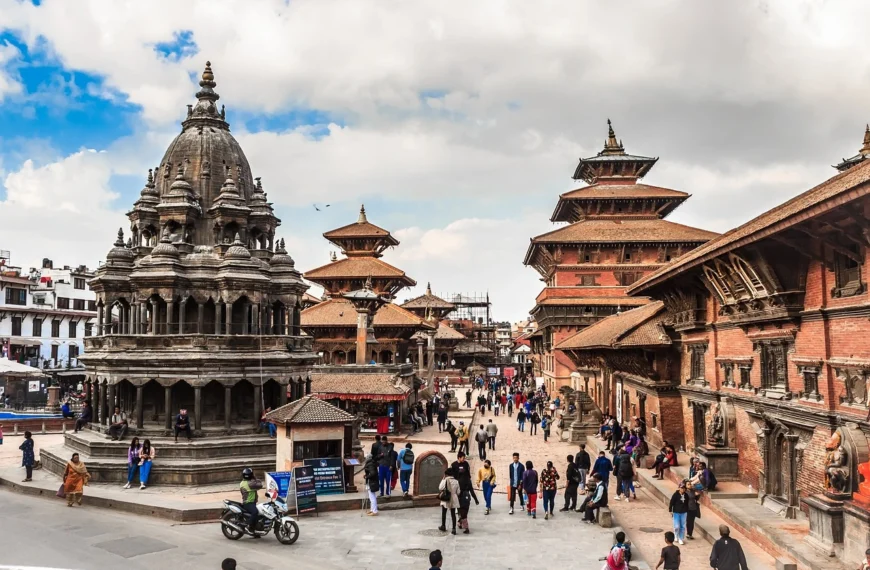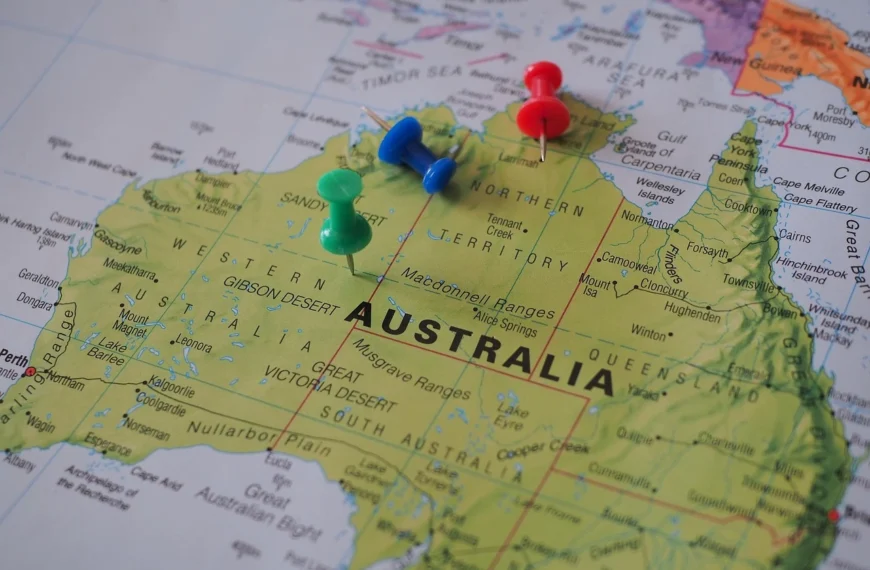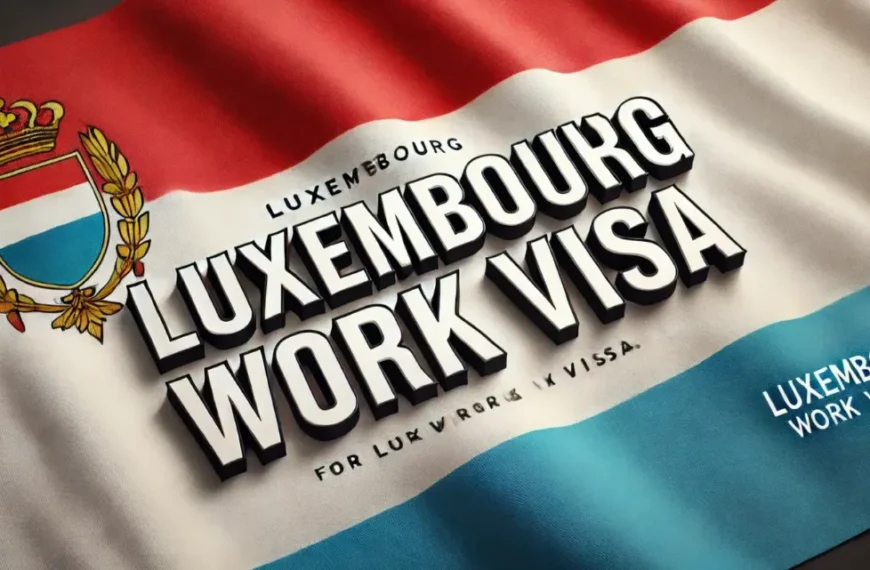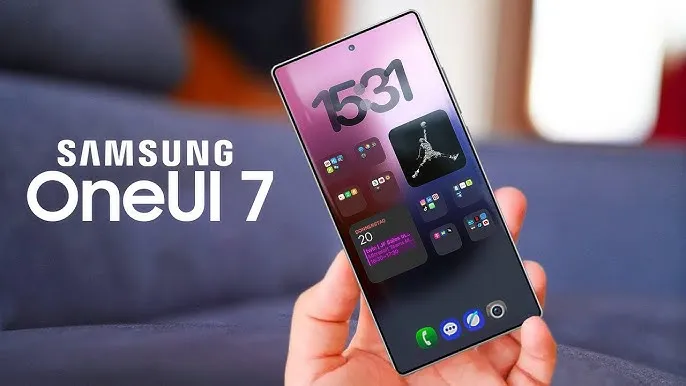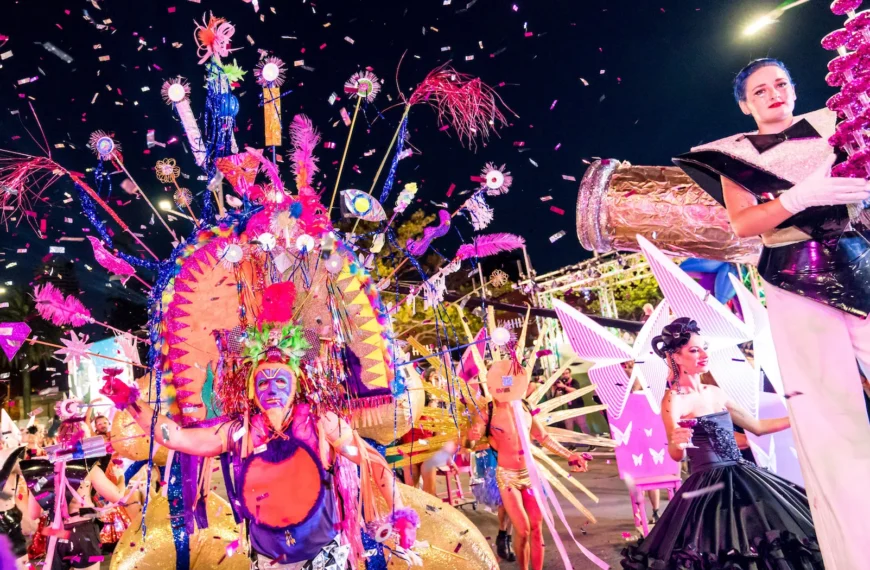The Pradhan Mantri Awas Yojana 2.0 (PMAY 2.0) aims to make affordable housing a reality for urban families in 2025. With a renewed mission, the scheme focuses on bridging the housing gap for economically weaker sections (EWS) and middle-class families, bringing the dream of homeownership within reach.
Table of Contents
What is PMAY 2.0? A Glimpse into the Future of Affordable Housing

Building on the success of its predecessor, PMAY 2.0 introduces 1 lakh new homes, each supported by a financial subsidy of ₹2.3 lakhs. Approved by the Union Cabinet in August 2024, this phase emphasizes sustainable and inclusive urban development, aiming to provide homes tailored to the needs of low—and middle-income families.
Eligibility Criteria: Who Can Benefit from PMAY 2.0?
PMAY 2.0 primarily targets:
- Economically Weaker Sections (EWS)
- Low- and Middle-Income Groups (LIG/MIG)
Eligibility can be verified through the official PMAY portal by checking income limits and documentation requirements.
PMAY 2.0 vs. PMAY 1.0: Key Upgrades You Should Know
PMAY 2.0 builds upon PMAY 1.0 with notable enhancements:
- Increased focus on urban housing solutions.
- Higher subsidies per housing unit.
- Introduction of streamlined online application processes.
- Expanded scope of partnerships under Affordable Housing in Partnership (AHP).
How to Apply for PMAY 2.0 Online: A Step-by-Step Guide
Applying for PMAY 2.0 is simple and convenient. Follow these steps:
- Visit the official PMAY-U portal.
- Navigate to the “Citizen Application” section.
- Register using your Aadhaar details.
- Fill in personal, family, and income information.
- Choose your housing component and submit the required documents.
- Review and submit your application online.
Breaking Down the Components of PMAY 2.0
PMAY 2.0 includes four key components:
- Beneficiary-Led Construction (BLC): Assists individuals in constructing homes on their land.
- Affordable Housing in Partnership (AHP): Promotes collaboration between government and private developers for affordable housing.
- Affordable Rental Housing (ARH): Targets urban migrants with low-cost rental housing options.
- Interest Subsidy Scheme (ISS): Offers subsidized home loans for eligible applicants.
Impact of PMAY 2.0: Transforming Urban Housing for 2025
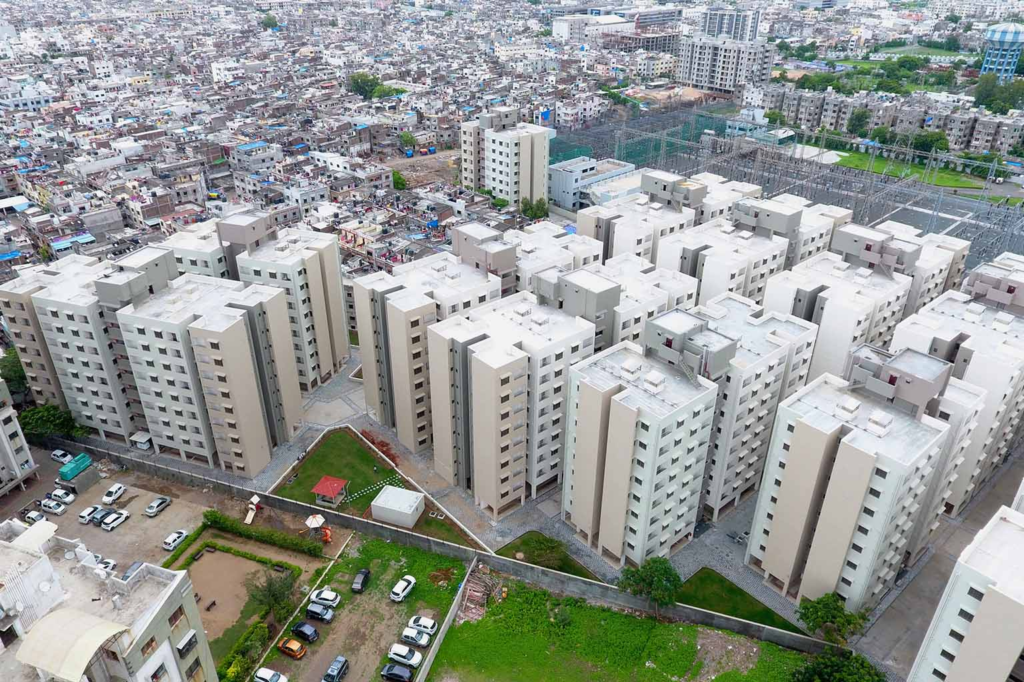
PMAY 2.0 is set to:
- Reduce urban homelessness significantly.
- Boost infrastructure and real estate development.
- Strengthen financial inclusion by offering affordable home loans.
- Promote inclusive growth in urban areas.
Success Stories: PMAY’s Legacy and the Path Ahead
Under PMAY 1.0, millions of homes were built and handed over, changing countless lives. Families across India have shared stories of how affordable housing has provided stability, security, and a better quality of life. PMAY 2.0 aims to replicate and expand this success.
Conclusion: A Brighter Future with PMAY 2.0
PMAY 2.0 represents a significant step toward achieving housing for all in urban India. Eligible families are encouraged to apply and take advantage of this opportunity to own a home. By prioritizing affordability and inclusivity, PMAY 2.0 is shaping a brighter future for millions of Indians.
FAQs
Who is eligible to apply for PMAY 2.0?
Individuals from Economically Weaker Sections (EWS), Low-Income Groups (LIG), and Middle-Income Groups (MIG) who meet the income and documentation criteria can apply.
What is the subsidy amount under PMAY 2.0?
Each eligible homebuyer can receive a financial subsidy of up to ₹2.3 lakh.
How can I check the status of my PMAY 2.0 application?
You can check your application status on the official PMAY-U portal by entering your application reference number.
Are rental housing options available under PMAY 2.0?
The Affordable Rental Housing (ARH) component provides low-cost rental housing for urban migrants and workers.
